Oman is a country with a rich history and heritage that dates back centuries. From its ancient forts and castles to its traditional crafts and customs, Oman offers a unique glimpse into the past. Exploring Oman’s history and heritage is an excellent way to gain a deeper understanding of the country’s culture and traditions.
Oman’s history is intertwined with its geography, which has played a crucial role in shaping the country’s development. The country’s strategic location on the Arabian Peninsula has made it a crossroads of trade and commerce for centuries. Oman has been ruled by various empires and dynasties throughout its history, including the Persians, the Portuguese, and the Ottomans. Each of these influences has left its mark on the country’s culture and heritage.
Today, Oman’s heritage is preserved through a variety of initiatives, including museums, festivals, and cultural events. Visitors can explore the country’s traditional crafts, such as pottery, weaving, and metalwork, or visit its many historic sites, including the UNESCO World Heritage-listed Bahla Fort and the ancient city of Nizwa. Whether you’re a history buff or simply interested in learning more about Oman’s culture, exploring the country’s history and heritage is an unforgettable experience.
Exploring Oman’s Past and Present
Historical Overview
Oman’s history dates back to the third millennium BC, with evidence of early human settlement found in the country. Oman’s strategic location on the Arabian Peninsula made it a vital center for trade and commerce, with the country’s ports serving as important stops on the ancient spice trade routes. Over the centuries, Oman has been ruled by various empires, including the Sumerians, Assyrians, and Persians. In the 16th century, the Portuguese established a colonial presence in Oman, which lasted until the 17th century when the Omani people regained control of their country.
Cultural Heritage
Oman’s rich cultural heritage is reflected in its art, music, and architecture. Traditional Omani music is characterized by the use of the oud, a stringed instrument similar to a lute, and the duff, a type of drum. Omani architecture is known for its intricate carvings and use of local materials, such as stone and wood. The country is also home to many historic forts and castles, which provide a glimpse into Oman’s past.
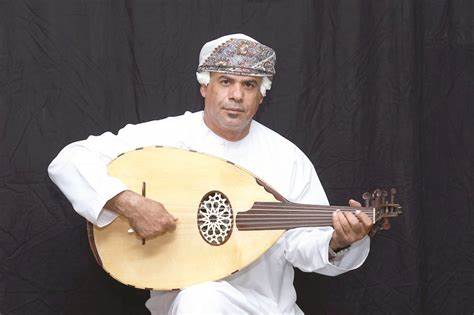
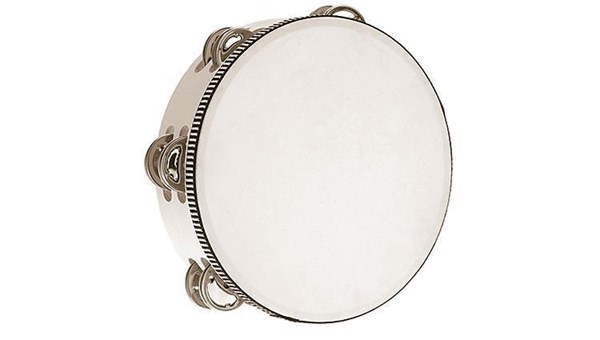
Geography
Oman’s geography is diverse, with rugged mountains, sandy deserts, and pristine beaches. The country’s highest peak is Jebel Shams, which stands at 3,009 meters above sea level. Oman’s coastline stretches for over 3,000 kilometers, and the country is home to many beautiful beaches, including the popular tourist destination of Salalah. The country’s natural beauty is protected by several national parks, including the Al Hajar Mountains and the Arabian Oryx Sanctuary.
Overall, Oman’s rich history, diverse culture, and stunning geography make it a fascinating destination for travelers looking to explore the past and present of this unique country.

Archaeological Sites of Oman
Oman is a country with a rich history and heritage. The archaeological sites in Oman are a testament to its ancient past. The country is home to many interesting sites that are worth exploring. In this section, we will take a look at some of the most notable archaeological sites in Oman.
UNESCO World Heritage Sites
Oman has four UNESCO World Heritage Sites, each of which is a unique reflection of the country’s history and culture. These sites include:
- Bahla Fort: This fort was built in the 13th and 14th centuries and is one of the oldest and most impressive forts in Oman. It is a testament to the country’s architectural heritage.
- Aflaj Irrigation Systems of Oman: This system of irrigation channels and water distribution systems dates back to the 5th century AD and is still in use today. It is an excellent example of traditional water management practices.
- Frankincense Trail: This site is a network of ancient trade routes that were used to transport frankincense, a valuable commodity in ancient times. It is a testament to Oman’s role in the ancient world trade.
- Land of Frankincense: This site is located in the southern part of Oman and includes the ancient city of Zafar. It was an important trading center for frankincense and is a testament to the country’s ancient history.
Bat and Al-Ayn
Bat and Al-Ayn are two ancient settlements in Oman that are worth exploring. Bat is a UNESCO World Heritage Site and is home to many ancient tombs and settlements. It is a testament to the country’s ancient civilization and is an excellent place to learn about Oman’s history.
Al-Ayn is another ancient settlement in Oman that dates back to the Bronze Age. It is home to many ancient tombs and is an excellent place to learn about the country’s ancient history.
Khutm
Khutm is an ancient settlement in Oman that is known for its rock art. The site is home to many ancient petroglyphs that date back to the Bronze Age. It is an excellent place to learn about Oman’s ancient art and culture.
In conclusion, Oman has a rich history and heritage that is reflected in its archaeological sites. These sites are a testament to the country’s ancient civilization and are worth exploring. Whether you are interested in ancient architecture, water management practices, or rock art, Oman has something to offer.
Portuguese Settlements and Nizwa
During the 16th century, Portuguese explorers arrived in Oman and established several settlements along the coast. These settlements were primarily used as trading posts and military bases to protect their interests in the region. The Portuguese influence can still be seen in the architecture and culture of Oman today.
One of the most significant Portuguese settlements was in the city of Muscat. The Portuguese built a fort in the city, which still stands today and is known as the Al Jalali Fort. The fort was used to protect the city from invaders and served as a prison for many years. Visitors can now tour the fort and learn about its history.
Another important Portuguese settlement was in the city of Nizwa. The Portuguese built a fort in the city, which is now known as the Nizwa Fort. The fort was used as a military base and a residence for the governor of the city. Visitors can now tour the fort and see the various exhibits that showcase the history and culture of the region.
Nizwa is also known for its traditional souq, which is one of the oldest in Oman. The souq is located in the heart of the city and is a popular destination for tourists and locals alike. Visitors can find a wide variety of goods, including traditional Omani clothing, jewelry, spices, and handicrafts.
In addition to the souq, Nizwa is home to several other historical and cultural landmarks, including the Nizwa Mosque and the Falaj Daris. The Nizwa Mosque is one of the oldest mosques in Oman and is known for its unique architecture. The Falaj Daris is an ancient irrigation system that is still used today to irrigate the farms and orchards in the region.
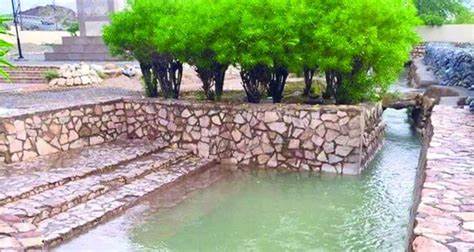
Overall, the Portuguese settlements and Nizwa are important parts of Oman’s history and heritage. Visitors to the region can explore these landmarks and learn about the rich culture and history of Oman.
The Grand Mosque and Royal Opera House
Sultan Qaboos Grand Mosque
The Sultan Qaboos Grand Mosque is a magnificent example of Islamic architecture, located in the heart of Muscat. Completed in 2001, it is one of the largest mosques in the world, with a capacity to accommodate more than 20,000 worshippers at a time. The mosque is named after Sultan Qaboos bin Said Al Said, who commissioned its construction. The mosque’s exterior is made of sandstone and marble, with intricate carvings and calligraphy adorning the walls and pillars.
The interior of the mosque is equally impressive, with a massive chandelier hanging from the central dome, which is made of 24-carat gold-plated metal. The mosque also houses a library, a lecture hall, and a prayer hall, which is covered with a beautiful hand-woven carpet that took four years to complete.
Visitors are welcome to the mosque, but they must dress modestly and remove their shoes before entering. Guided tours are available, which provide a deeper insight into the mosque’s history and architecture.
Royal Opera House
The Royal Opera House is a world-class performance venue, located in the heart of Muscat. It is the first opera house in the Arab world and is one of the most beautiful buildings in Oman. The building’s design is a blend of traditional Omani architecture and modern technology, with a stunning facade made of Omani limestone.
The Royal Opera House hosts a variety of events throughout the year, including operas, ballets, concerts, and theatrical performances. The venue has a seating capacity of 1,100 and is equipped with state-of-the-art sound and lighting systems.
In addition to performances, the Royal Opera House also offers guided tours, which provide a behind-the-scenes look at the venue’s history and architecture. The tours take visitors through the opera house’s various halls and rooms, including the main auditorium, the VIP lounge, and the costume and set design workshops.
Overall, the Sultan Qaboos Grand Mosque and the Royal Opera House are two of the most iconic landmarks in Oman. They offer visitors a glimpse into the country’s rich history and culture and are must-visit destinations for anyone traveling to Muscat.
Natural Wonders of Oman
Oman is a country that boasts a diverse range of natural wonders, from stunning beaches to towering mountains. Here are just a few of the highlights:
Wadi Shab and Tiwi
Wadi Shab and Tiwi are two of Oman’s most beautiful wadis (valleys). Wadi Shab is particularly popular with tourists, thanks to its turquoise pools and dramatic waterfalls. Visitors can hike through the wadi, swim in the pools, and explore the caves that line the valley. Tiwi, on the other hand, is known for its lush greenery and fruit orchards. The wadi is also home to a number of ancient settlements, including the abandoned village of Taqa.
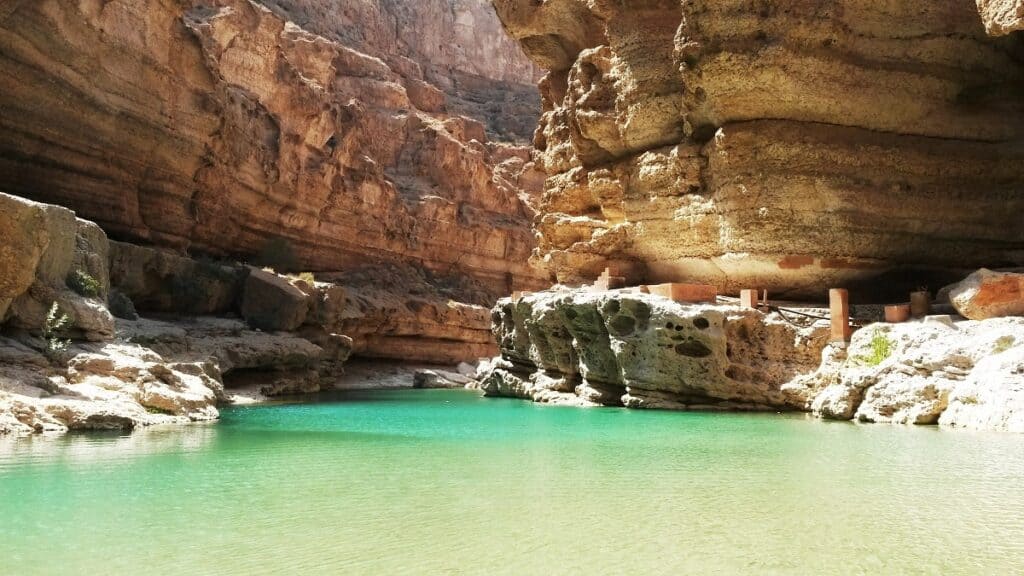
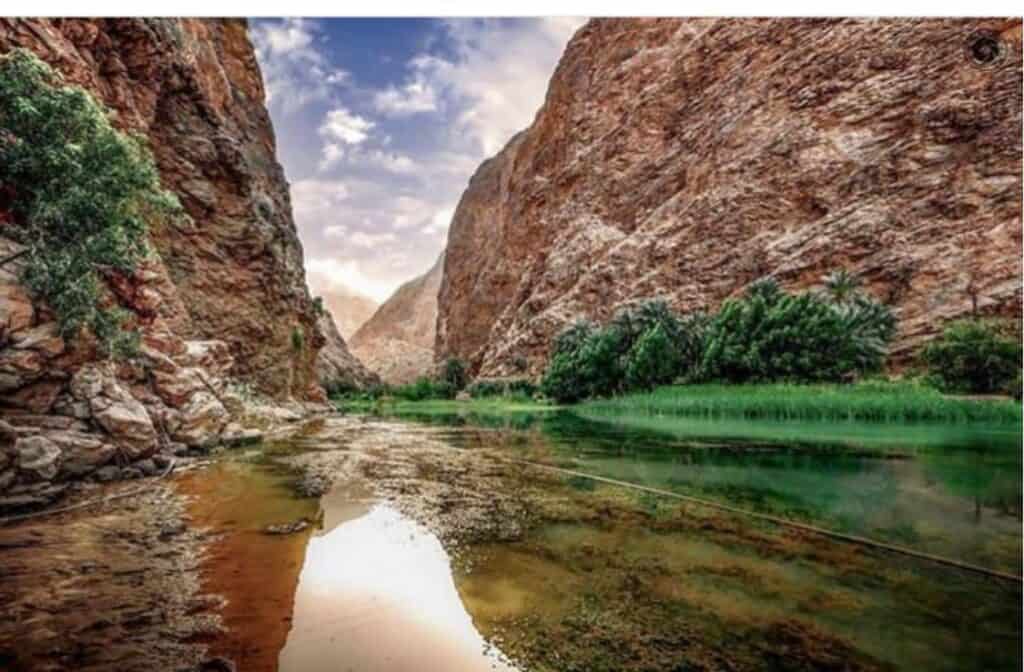
Land of Frankincense
Oman’s history is closely tied to the frankincense trade, which flourished in the region for thousands of years. The Land of Frankincense is a UNESCO World Heritage Site that encompasses the ancient port cities of Khor Rori and Al Baleed, as well as the frankincense trees that grow in the nearby hills. Visitors can learn about the history of the trade, see the remains of ancient buildings, and even buy some frankincense to take home.
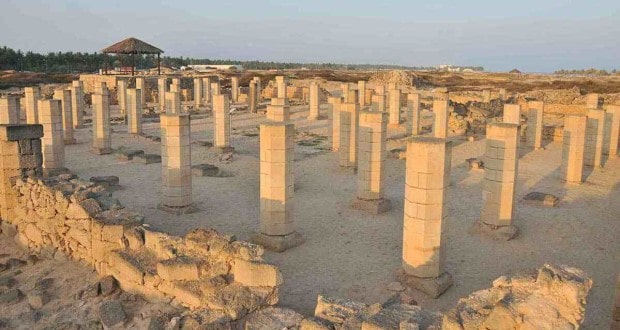
Beaches
Oman has some of the most beautiful beaches in the world, with crystal-clear waters and soft white sand. Some of the most popular beaches include Al Mughsail Beach, which is known for its blowholes and rock formations, and Qurum Beach, which is located in the heart of Muscat and is a great spot for swimming and sunbathing.
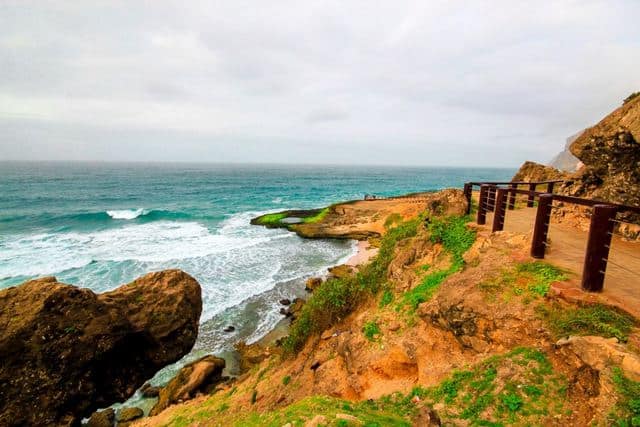
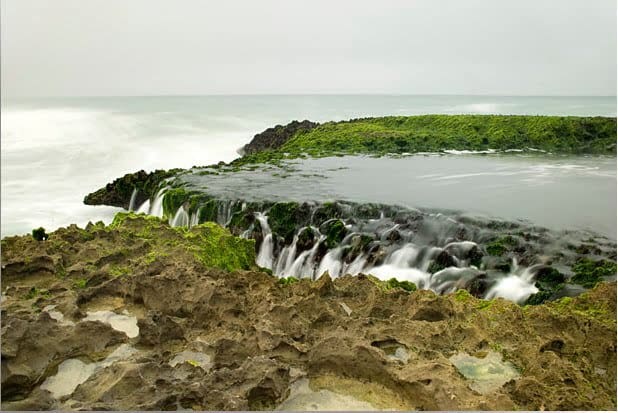
Mountains
Oman is home to a number of impressive mountain ranges, including the Al Hajar Mountains and the Jebel Akhdar. These mountains offer a range of outdoor activities, from hiking and rock climbing to bird watching and stargazing. Visitors can also explore the traditional villages that dot the mountainside, many of which have been inhabited for centuries.
In summary, Oman’s natural wonders are diverse and impressive, offering something for every type of traveler. Whether you’re interested in history, culture, or outdoor adventure, Oman is sure to leave a lasting impression.
Preserving Oman’s Heritage
Oman is a country rich in history and cultural heritage, from its ancient forts and castles to its traditional souks and bustling cities. Preserving this heritage is essential to maintaining Oman’s unique identity and ensuring that future generations can appreciate and learn from its rich past.
Documentation and Photographs
One of the most important ways of preserving Oman’s heritage is through the documentation of historical sites and artifacts. This includes taking photographs, creating detailed maps, and conducting surveys to identify and document important cultural landmarks.
Many organizations, including the Ministry of Heritage and Culture, are working to digitize and preserve historical documents and photographs. This ensures that important cultural artifacts are not lost to time and that they can be easily accessed and studied by scholars and the public alike.
Maps and Management
Another key aspect of preserving Oman’s heritage is through effective management and planning. This includes creating detailed maps of cultural sites and developing plans for their conservation and maintenance.
The Ministry of Heritage and Culture is responsible for managing many of Oman’s historical sites, including its numerous world heritage sites such as Al-Khutm, Bahla Fort, Jebel Akhdar, and the Land of Frankincense. These sites require careful management to ensure that they are preserved for future generations to enjoy.
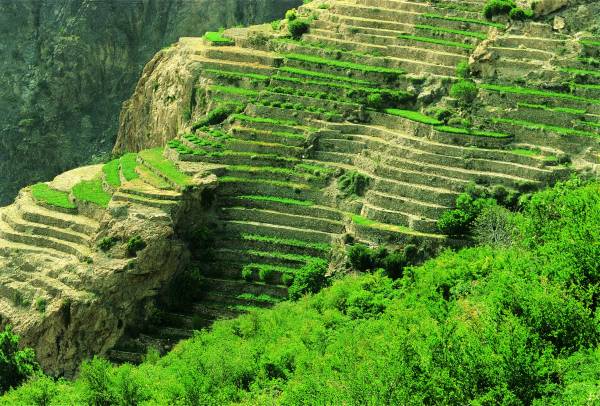
Infrastructure and Education
Preserving Oman’s heritage also requires investment in infrastructure and education. This includes building and maintaining roads, visitor centers, and other facilities that make it easier for people to access and appreciate Oman’s cultural landmarks.
In addition, educating the public about Oman’s rich history and cultural heritage is essential to ensuring that it is valued and preserved. This includes developing educational programs and materials for schools and the general public.
Overall, preserving Oman’s heritage is a complex and ongoing process that requires the involvement of many different organizations and individuals. By working together, Oman can ensure that its unique cultural identity is preserved for generations to come.
